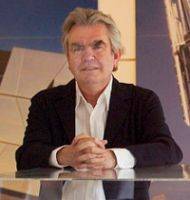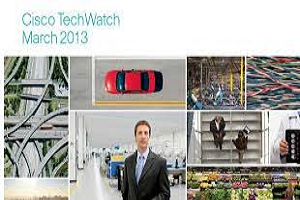April 15, 2013
Office furniture ergonomics standard for increasing size of U.S. workers
The U.S. furniture manufacturer’s association the BIFMA (Business and Institutional Furniture Manufacturers Association) has revised its ergonomics guidance to “reflect changes in the size and shape of the North American working population,” This includes increased seat width, distance between armrests, support surface height for sitting and standing, and height clearance for legs and knees. It’s also developing a new “Heavy Occupant Chair Standard”. Although the BIFMA cannot be faulted for responding to consumer demand, the renewed guidance doesn’t address the core of the problem – the fact that over a quarter of U.S. workers (approximately 66 million people) are obese.

























April 11, 2013
Why we might all get more done if we did things more slowly
by Mark Eltringham • Comment, Technology
More →